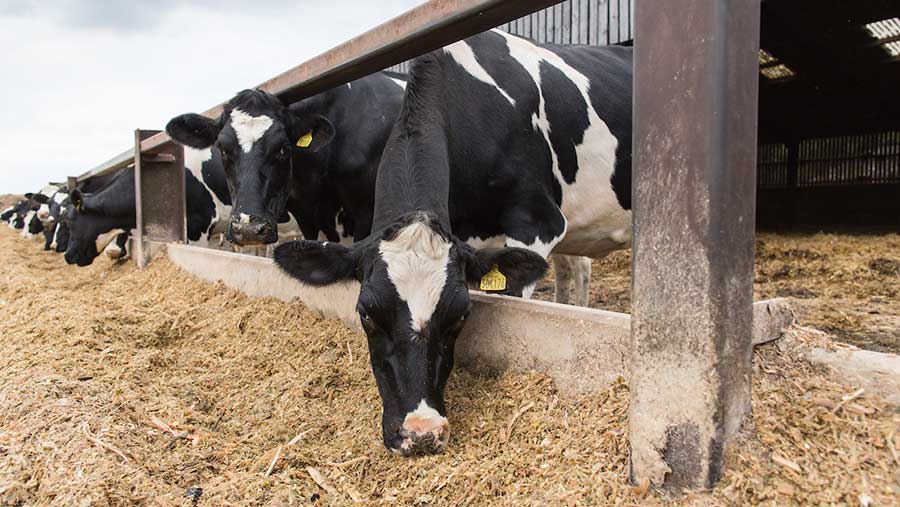Scientists develop quicker, more accurate Johne’s test

A new, more rapid and sensitive test for Johne’s disease in cattle could be a “game-changer” for the beef and dairy industries.
In a recent trial, the test, developed at the Institute for Global Food Security (IGFS) and School of Biological Sciences at Queen’s University Belfast, was able to detect more infected animals by milk testing than the current milk Elisa test used.
The test detects the infectious agent of Johne’s disease – Mycobacterium avium subspecies paratuberculosis (MAP) – rather than antibodies against MAP, which is what milk Elisa detects.
As well as being used on milk samples, the test can be run on livestock blood and faeces.
Speed of detection is key with Johne’s disease, as treatment is futile, so infected animals need to be found and eliminated as soon as possible to break the transmission between infected and susceptible cattle.
See also: Johne’s in cattle – what it is and how to prevent and manage the disease
Opportunity and next steps
The test was developed by Irene Grant and her post-doctoral researcher Antonio Foddai at IGFS.
“I hope our test will offer more accurate, rapid and quantitative results, and therefore help farmers and vets make more informed decisions about the infection status of animals in order to control the disease more effectively within herds,” said Prof Grant.
“I also hope it will generate more accurate data on the prevalence of Johne’s disease within Northern Ireland and, therefore, build a better picture of this animal health problem.”
Speaking to Farmers Weekly about a possible timeline, Prof Grant confirmed that trying to put timings on when the test could reach farm level was an “unknown quantity” at present.
She hopes to progress on-farm validation of the test on more Northern Irish farms as part of a PhD project in the coming months and is seeking a commercialisation partner to help get the test to market.
